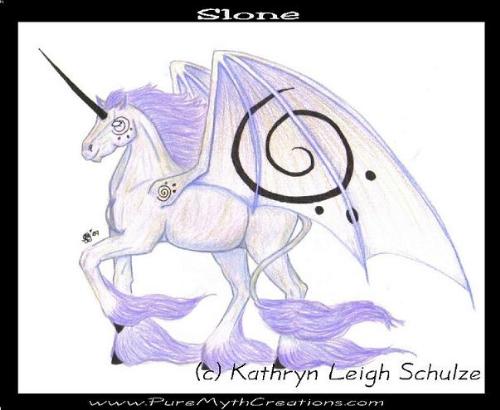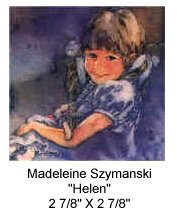unique art?
By dreamingmyth
@dreamingmyth (594)
United States
4 responses
@ShadyGrove (996)
• United States
29 Jan 07
If you are putting your self and soul into your work then it is unique! People that just copy other styles or work do not have the same effect come out of their work.
I paint what I call "dreamscapes" -- I will have to take some pictures and post them on the site. Sometimes I make myself paint with my left hand to get my right brain to paint -- try that sometime and see what a difference it makes on your creative talent!
1 person likes this
@dreamingmyth (594)
• United States
30 Jan 07
oh id love to see some of your art! and i love the term u use for it 'dreamscapes' it just sounds so beautiful and powerful! i have thought about trying to use my left hand from time to time, however lol it doesnt seem to work too well since i draw, and then the lines look all scribbled.. but i guess with my abstract drawings that might work! ill have to try that sometime. thanks for the tip!
@adidas7878 (1891)
• United States
29 Jan 07
I do know what kind of art i like and how many different kind is there, i think your picture that you have on looks good, i know people can hand draw very good, you ever seem the movie napoleon dynamite, arent those picture he draw fantasy arts too? i kinda like the liger thingy he drew
@dreamingmyth (594)
• United States
30 Jan 07
ive only seen parts of that movie so i dont really remember any art from it :(
@dreamingmyth (594)
• United States
29 Jan 07
oh abstract art is nice!! i also like surrealism
1 person likes this
@bev_arch_20 (842)
• Philippines
30 Jan 07
Miniature art is fine art. Miniature art is a specialty art, not a novelty art. Through the ages it has been considered an art form. Miniature art is most often extremely detailed work, exquisite in color with a strength of composition which can more than compete with larger paintings. A compositional guide requires a gentle, no more than 1/6th scale of the actual subject.
A miniature usually takes as long or longer to produce as a large piece of art. A fine miniature can be magnified many times and it will still hold together as a fine work of art of much greater size. Most artists can work large, but few have the skill and discipline to work miniature. This unique art form, based on a minute scale, traces its roots back to the book paintings and illuminated manuscripts of the 7th century.
There is much debate as to if there is a technique to be considered as the best, more accurate, or most correct technique... Techniques such as stippling, hatching and pointillism are sometimes only discovered under magnification. The answer is to study others from past to present. Whatever technique is used, it should meticulously handled and the workmanship flawless. Miniature art sometimes defeats the spectator's belief as to what is possible for the artist to create in such a small space.
Man's fascination with creating in small scale has been evidenced in many of the world's civilizations. Ancient Greeks adorned their walls with small murals while coins and rings bore engraved portraits. In the Middle Ages, monks often embellished manuscript pages with delicate illuminations and bordered them with a red lead pigment called "minium" from which "miniature" later involved. Elizabethan England was noted for its miniature portraits on vellum and later ivory, which served much as small photographs do today. A very personalized form of art, it was easily carried in pocket or locket. The period of exploration and colonization brought the miniature to America's shores where its European heritage soon reflected the influences of the New World and its challenges and freedoms. The advent of photography in the mid-nineteenth century drastically reduced the appeal of the miniature portrait. However, the love of creating art "in the small" did not die.
The end of the last century and the early years of the twentieth century witnessed the "revival period" of interest in miniaturism followed somewhat later by the current resurgence. Today's practitioners of American Miniaturism reach far beyond the portrait field, embracing a wide variety of subject matter, media and techniques.
On the practical side, miniature art, with its minimal space requirements and favorable cost comparisons, places original fine art within the reach of both art lovers and collectors.








